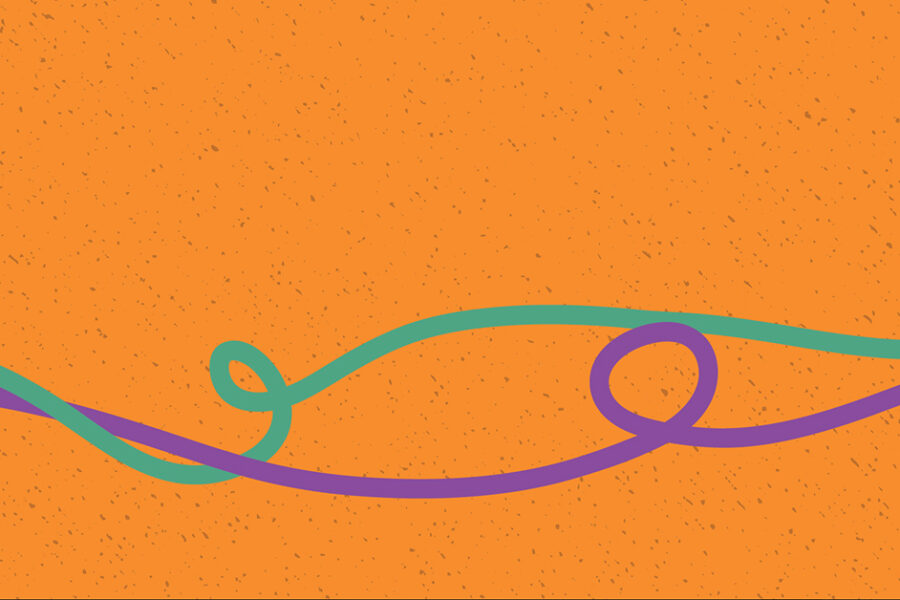Rengin Firat, PhD, Professor of Leadership and Change at Antioch University and a scholar of sociology and neuroscience, explores how race is not hardwired into our brains but learned through repeated exposure and social context. Growing up in Turkey, she never thought about race until her experiences as an immigrant in the U.S. made it deeply personal.
In this One Good Point, Firat explains the emerging field of neuro-sociology, which connects the social world to brain function, showing how everyday interactions shape our perceptions of race. She highlights the promise of neuroplasticity—that if racial categories are learned, they can also be unlearned—while stressing the need for systemic change alongside individual transformation. Her forthcoming book, The Racialized Brain, dives deeper into how our social environments influence identity, bias, and belonging, and how linking neuroscience with lived experiences can open new paths toward social justice.
To learn more about what makes Antioch University a leader in progressive education since 1852, or to explore our programs and offerings, visit antioch.edu
Video Transcript
Hi, I’m Dr. Rengin Firat, Professor of Leadership and Change and a scholar of sociology and neuroscience. I study the racialized brain. One key point in my work is that race is not hardwired into our brains. We’re not born with automatic racial cognition. It is a learned perception shaped by repeated exposure and social context.
I grew up in Turkey. It is a country between Asia and Europe. Where I grew up, identity was mostly understood through ethnicity, social class, or religion. I didn’t think I had a race until I moved to the U.S. to get my PhD.
I got my PhD at the University of Iowa. It’s a small city. People started asking me questions like: Where are you from? Where are you really from? Or they would notice my skin tone, and they would notice my accent, and they would keep asking me questions about my identity, about who I am. And these questions and other everyday interactions shaped my perception of race.
I started thinking about race not just as a distant concept, but as something deeply personal, embodied, felt, and persistent. These experiences shaped not only my identity and the way I thought about my own race but also the research questions I began to ask. How do social environments get under the skin? And how does race become part of how our brains process the social world?
These are the key questions that I ask in my research. And this is where neuro-sociology comes in. Neuro-sociology is a field that connects our social world with the structure and the functioning of our brains.
Through the neuro-sociological lens, we know that our brains don’t come pre-programmed with racial categories. Research shows that babies are not born with a racial preference. So we know that we’re not born automatically categorizing people into different racial groups, but we learn racial categorization through repeated exposure to social cues. This could be in our families, through our caregivers and other family members, or through media, through institutions like education. Whom we interact with in school or in our neighborhoods. So through these everyday interactions, we begin to learn race.
And this is where social structure, our surroundings, our social context meets biology. And this is also where we have power. If we can learn race, we can also unlearn it. This is the promise of neuroplasticity. Our brains can change. But to reduce racial bias, we need more than individual change. We need a broader framework that connects our brains to history, to policy, and to lived experiences of people.
These are all themes I explore more in depth in my forthcoming book, The Racialized Brain. And this is why my work is grounded not just in labs or in numbers, in statistics, but in everyday experiences of people like me. Immigrants, people of color, people navigating the systems that were not built for them.
Neurosociology allows us to link the personal and the structural, systemic, to the neural, to our brains. And allows us to imagine new possibilities for social justice.




